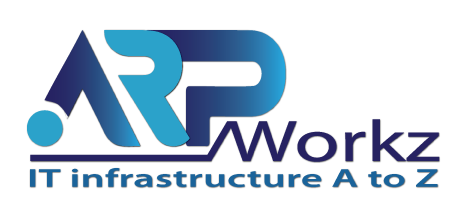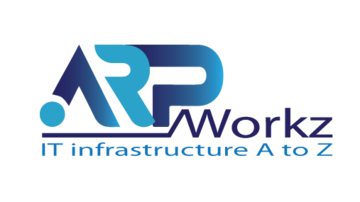Openstack Environments
ARPWorkz provides services for OpenStack environments, a rapidly growing open cloud infrastructure platform. We have experience designing, implementing, and running production OpenStack clouds for various enterprises. Along with that experience comes operational best practices for project management, change management, incident management, root cause analysis, high availability, disaster recovery, and capacity planning.
A typical managed services engagement includes our proven deployment methodology, including business requirements gathering, acceptance criteria for deliverables, design documentation, project management artifacts, weekly project meetings, and access to code repositories.
The Benefits of OpenStack Environments
- OpenStack allows companies to build massively scalable clouds either for internal (private) usage or to become Infrastructure Service Providers (ISP).
- OpenStack is a no-charge, open source software that is released under the terms of the Apache License.
- OpenStack simplifies deployment and makes capabilities available for cloud environments.
- OpenStack can potentially exploit advanced features and enable differentiated capabilities through quality of service (QoS).
Understanding OpenStack
OpenStack consists of several core modules and has established a process to incubate and develop new modules that can extend functionality. One of the main goals of being an open cloud system is interoperability, with the idea that clouds built on OpenStack should have a reasonable level of portability between them. OpenStack is open source, the inner workings of an OpenStack cloud and its APIs are fully transparent and anyone can participate in the development process if they choose to. As with previous open source projects such as Linux, OpenStack is available in a wide range of forms.
It is used by infrastructure service providers to produce finished cloud services, embedded into appliances and converged infrastructure, as well as developed into commercially supported software offerings.
The OpenStack project is made up of many individual subprojects. The modular design of OpenStack is meant to provide maximum flexibility, and modules can generally be used in combination or stand alone. A set of modules tagged as “core,” such as compute, storage, and networking, are the essential required parts of Open Stack. Optional modules are labeled as “integrated” and represent a wider ecosystem of add-on functionality. A new module starts in “incubation” status and can be promoted to “core” or “integrated” status if it attracts enough interest and matures.
Use ARPWorkz’s OpenStack Services accomplish your agency Mission Requirements faster & cheaper.
- OpenStack Support – We pair bare-bones OpenStack with our professional support and services.
- OpenStack management innovations – ARPWorkz takes it a step further by combining OpenStack with IT-complimentary services and tools that make things easier for the agencies IT organization to enable their cloud services.
- OpenStack Integration – ARPWorkz is working with different agencies to integrate OpenStack and off the shelf commercial hyper visors.
The OpenStack project is very broad, addressing compute, storage, and networking for infrastructure as well as extending into systems management, automation, security, and portals.
OpenStack does not include every software piece needed to create a large-scale, complex cloud, the scope of the project will grow over time as modules are proposed, incubated, and released.
OpenStack is a technology and not a solution in and of itself.
OpenStack can be used by government infrastructure providers to create cloud services and by federal agencies to create private clouds.
Real-world, OpenStack products may use the technology in different ways, with a variety of enhancements that may make various OpenStack-based products and services look very different from each other.


FOLLOW US